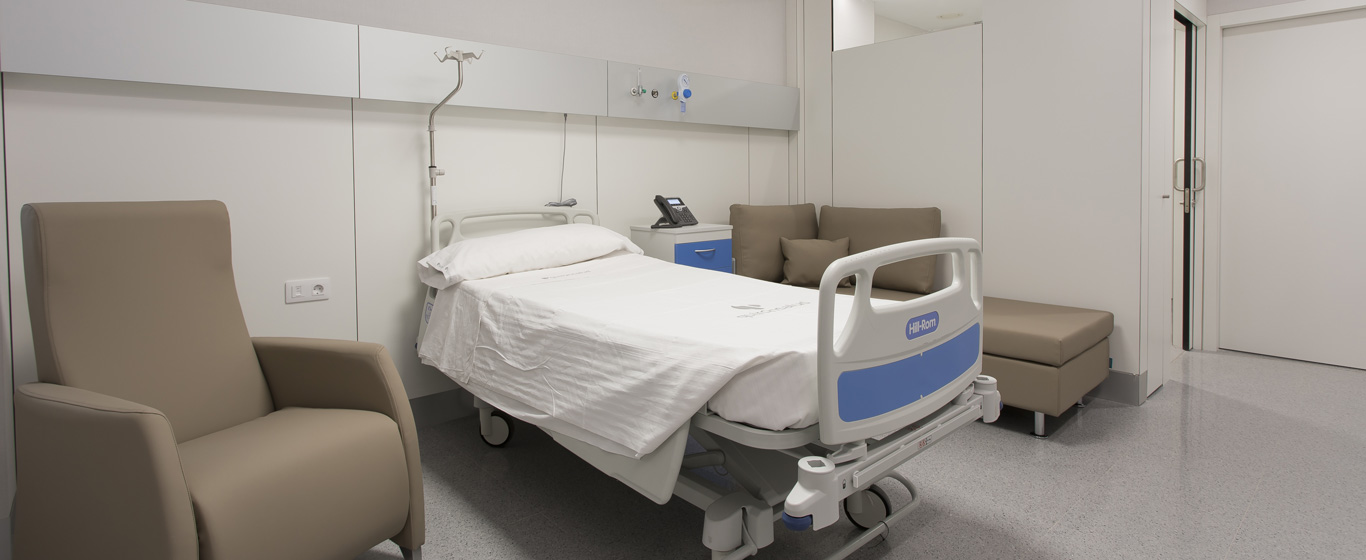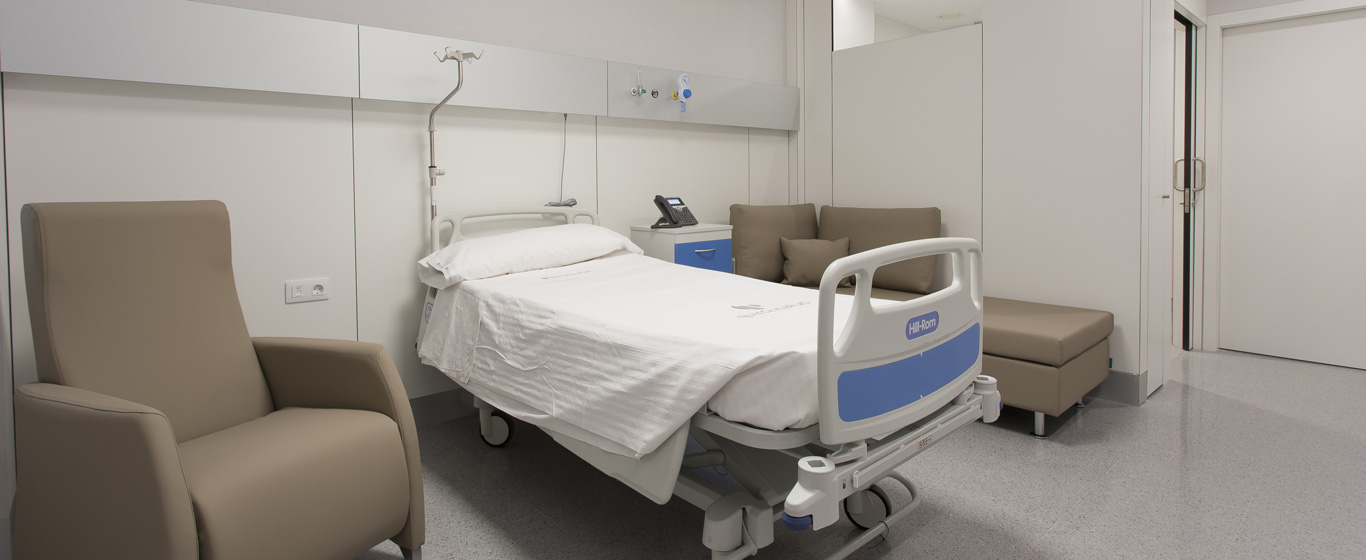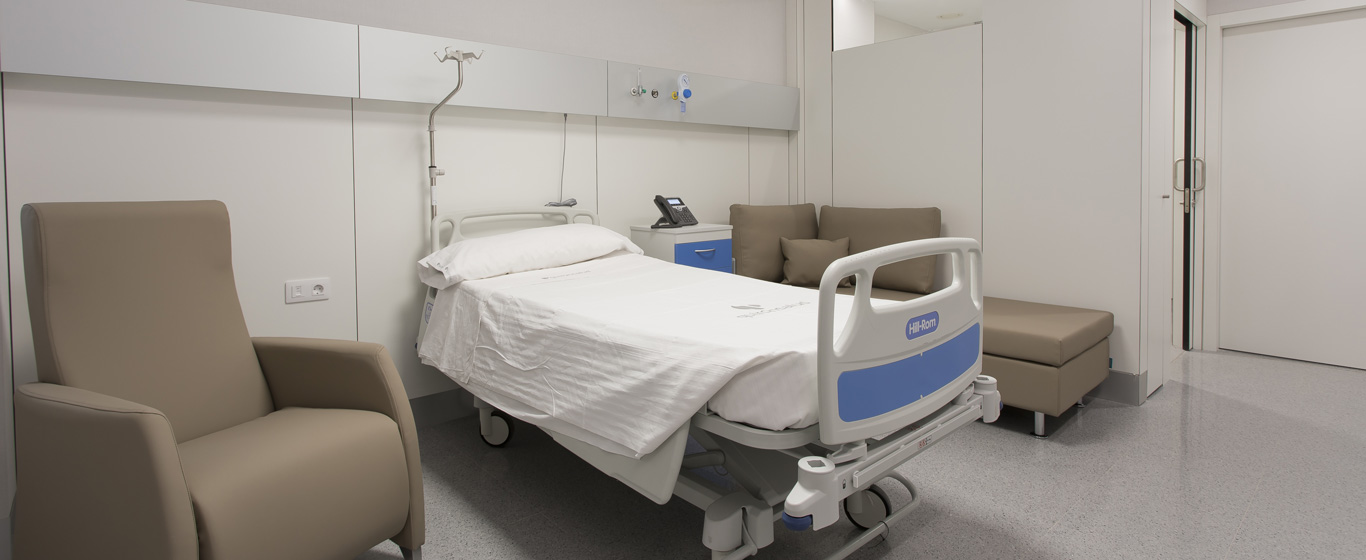Lung Cancer
What are the symptoms of lung cancer? Everything you need to know about the different types of lung tumors.
Symptoms and Causes
Lung cancer is a disease caused by the abnormal growth of cellular tissue in the lungs, leading to malignant tumors. This condition is the leading cause of cancer-related deaths worldwide, affecting both men and women.
In general, lung cancer is classified into two major groups:
- Small cell lung cancer (SCLC): This accounts for about 10% to 15% of all cases. It spreads very quickly and is often diagnosed once it has already metastasized to other parts of the body. Although it responds well to chemotherapy and radiotherapy treatments, it tends to recur after some time. The most common types include small cell carcinoma (also called oat cell carcinoma) and combined small cell carcinoma.
- Non-small cell lung cancer (NSCLC): This accounts for 80% to 85% of lung tumors.
- Adenocarcinoma: This affects the cells that secrete mucus and other substances and is the most prevalent type among non-smokers. It is usually detected before it spreads and has a better prognosis than other types, particularly if it is an in situ adenocarcinoma or bronchioloalveolar carcinoma.
- Squamous cell carcinoma: This develops in the cells that line the inside of the airways and is commonly found in smokers.
- Large cell carcinoma: Also known as undifferentiated carcinoma, this can appear anywhere in the lung. It progresses rapidly, making effective treatment challenging and resulting in a poor prognosis.
- Other types of non-small cell lung cancer include adenosquamous carcinoma and sarcomatoid carcinoma, both of which are rare.
Early detection is crucial for effective treatment. Routine screenings are recommended for at-risk individuals. Scientific advancements have enabled the detection of cancerous cells through not only traditional imaging tests but also sputum analysis and DNA testing, which facilitate diagnosis.
Symptoms
Lung cancer symptoms usually do not appear until the disease has reached an advanced stage. In early phases, there are typically no noticeable signs. As the disease progresses, patients may experience:
- Dyspnea (shortness of breath).
- Hemoptysis (coughing up blood).
- Persistent cough.
- Wheezing.
- Chest pain.
- Fatigue.
- Hoarseness.
- Difficulty breathing.
- Loss of appetite and, consequently, weight loss.
Causes
The primary cause of lung cancer is tobacco use, which affects both active smokers and those exposed to secondhand smoke. In cases where the patient has never smoked, the exact cause of the disease may be unclear. However, other potential causes include exposure to radon, asbestos, chemical substances, polluted air, and diesel combustion, as well as pre-existing lung diseases such as chronic obstructive pulmonary disease (COPD) and pulmonary fibrosis.
Risk Factors
Several factors increase the risk of developing lung cancer, including:
- Smoking (the more cigarettes smoked per day, the higher the risk).
- Exposure to secondhand smoke.
- Prolonged exposure to radon, asbestos, uranium, or other hazardous chemicals.
- Taking beta-carotene supplements while smoking.
- Previous radiation therapy to the lungs.
- A family history of lung cancer.
Complications
People with lung cancer may experience complications such as breathing difficulties due to fluid accumulation in the lungs, pain spreading to the bones, or metastasis to other areas of the body.
Prevention
While lung cancer cannot be completely prevented, the likelihood of developing it can be reduced by following these recommendations:
- Avoid smoking.
- Avoid exposure to secondhand smoke.
- Follow workplace safety measures if working in environments with potential contaminants.
- Increase fruit and vegetable intake in your daily diet.
- Exercise regularly.
- Maintain a healthy weight.
Which doctor treats lung cancer?
Lung cancer treatment involves a multidisciplinary medical team, including pulmonologists, oncologists, radiotherapy specialists, and doctors specializing in pain management or palliative care.
Diagnosis
Although lung cancer is sometimes detected early through annual imaging tests for at-risk individuals, it is usually diagnosed once symptoms appear. The following tests are used to confirm the diagnosis:
- Medical history evaluation, risk factor analysis, and clinical assessment.
- Chest X-ray: Helps detect abnormalities in the lungs.
- Lung computed tomography (CT) scan: Combines multiple images taken from different angles to provide a clearer view of the lungs and identify tumors in other areas, such as the lymph nodes.
- Lung magnetic resonance imaging (MRI): Often used to detect whether the cancer has spread to other parts of the body, especially the spinal cord or brain.
- Positron emission tomography (PET) scan: Determines the exact location of lung cancer and assesses tumor response to treatments.
- Lung biopsy: Typically involves using a needle to collect a sample of suspicious cells for laboratory analysis.
- Bronchoscopy or endobronchial ultrasound (EBUS): Examines the condition of the bronchi and detects any obstructions in the airways.
- Mediastinoscopy: Examines the area between the lungs (mediastinum) and evaluates the lymph nodes that extend through the bronchi and trachea.
Treatment
Lung cancer treatment varies based on individual patient characteristics, tumor type, and disease stage. The main approaches are classified into four categories:
- Surgery: If the cancer is localized and the patient’s condition allows, surgical removal of the tumor may be performed. Common procedures include:
- Lobectomy: Removal of a lobe of the lung.
- Pneumonectomy: Removal of an entire lung.
- Segmentectomy or wedge resection: Removal of only part of a lobe, usually for patients with reduced respiratory capacity.
- Immunotherapy: Medications that help the immune system fight cancer cells.
- Chemotherapy: The use of chemical drugs to destroy tumors. It may be administered as:
- Adjuvant chemotherapy, to support surgical treatment.
- Neoadjuvant chemotherapy, to shrink tumors before surgery.
- Palliative chemotherapy, to relieve symptoms in advanced cases.
- Radiotherapy: The use of external or internal radiation to treat inoperable tumors.
In most cases, a combination of these techniques is necessary to provide the most effective treatment for each patient. Each treatment plan is tailored to offer personalized care.



































































































